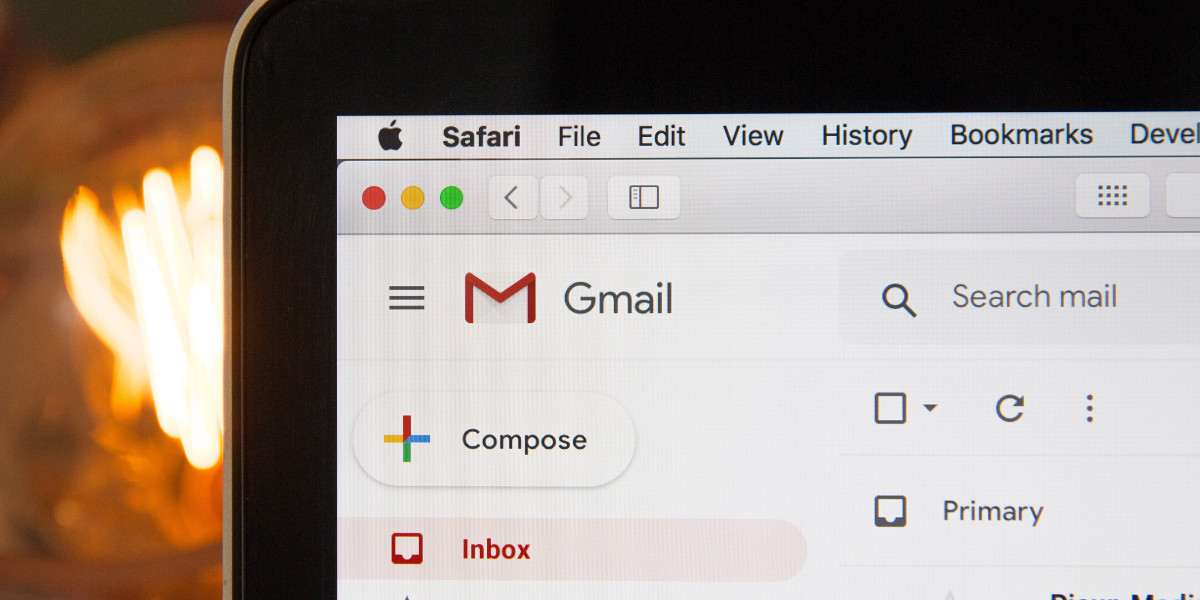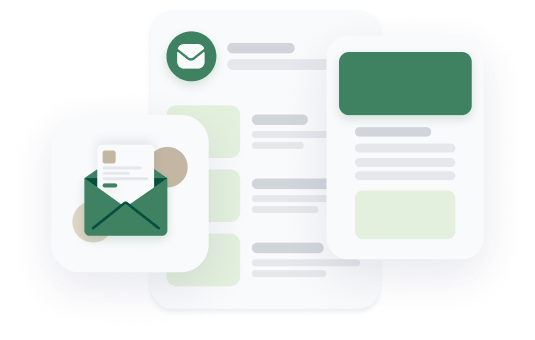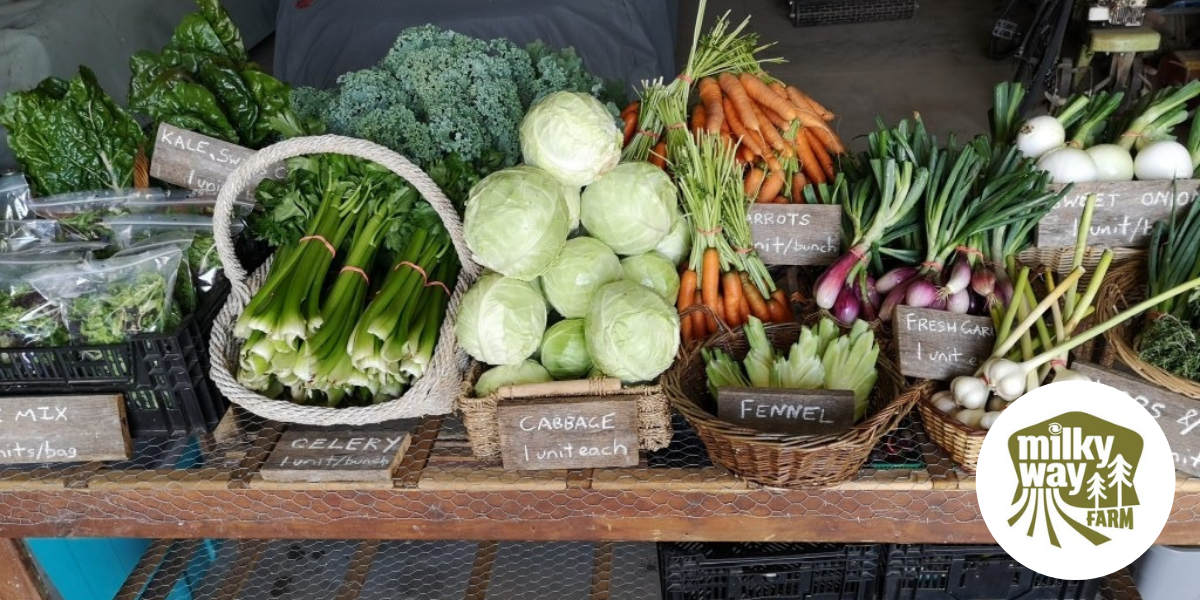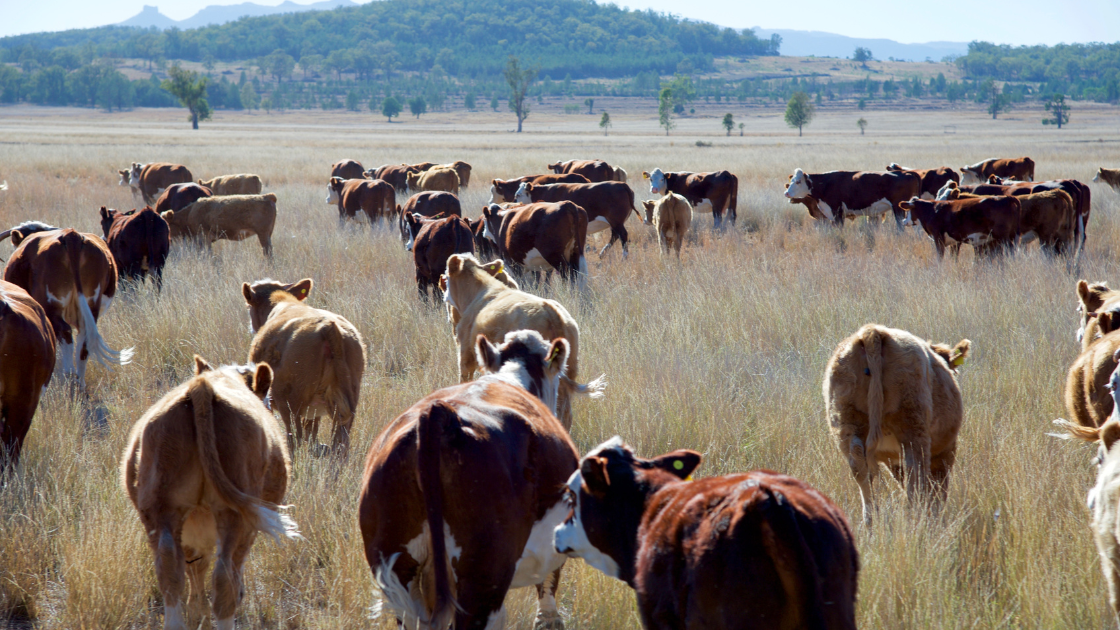Local Line Launches Subscriptions (Finally!)
The wait is finally over! Today, we’re excited to launch Local Line Subscriptions, which allows you...

Newsletters are an important way to keep your customers updated on your business and your products. Lucky for you, there’s a generally accepted formula you can use to create a great newsletter.
The first component in any newsletter is the subject line. It's the short description for the receiver informing them what the email is about. Every great email starts with a great subject line, and although it takes some creativity to come up with, it’s the best way to increase your open rates! Catching your audience’s attention will increase the likelihood they'll open your email.
If it’s the first newsletter you’re sending to new customers, you’ll want to introduce yourself properly. Your customers can come from all different places and may not know your story yet, so make sure you share it.
Your customers want to know what you do! Tell them why you’re special and why your products are better than the competition. Do you use sustainable growing and raising methods? Maybe you source your ingredients from other small-scale producers? Whatever your story is, share it!
As you are reaching out to new customers, odds are that they don’t know your full product list yet. By showing your customer base your full product list, you increase the chance that they will order from you again. It may be a bit long to add an entire product list, therefore adding a link to your online store or website is the way to go!
(The point is, don’t send your customers any info without also including a way for them to order your products.)
If you don't want to send your emails weekly, be sure to turn on price list schedules on your Local Line account. This way, the system will send your product list to your customers weekly (without you having to do a thing!).
This can be a great way to build a relationship with your customers. Sometimes it’s easy to forget to talk to customers about what they want. Linking to a feedback page on your website or a google form gives your customers a place to put this information. This also shows your customers you care about what they want!
At the end of your newsletter, always be sure to put your social media handles. This helps increase following and is a great way to promote your other platforms.
The tone of writing and the information you include can make or break the effectiveness of your email.
Here are some tips:
In today’s world, so many people are receiving automated emails in their inboxes. You want to avoid being lost in the mix. The tone in your email should be personal, kind and unique! Tell a joke or a personal story. Think about what you want to say and why you are the only one saying it.
Even if you’re a world-class comedian, a boring layout can make your customers lose interest. Mailchimp and other email marketing tools provide fun and innovative templates that allow you to fill in the blanks. The templates allow you to achieve more than you would in a regular email provider.
This ties into the introduction section of your newsletter. Photos are a great way to show your story, your products, and your farm or facilities. Additionally, it makes your email more visually appealing than just a text block. Make sure you are using high-quality photographs so that they appear clear on all devices.
Sending the first newsletter to every new customer manually isn’t an efficient use of time. Thankfully, there are tools to help you with this. Mailchimp, as mentioned above, is an email marketing tool that allows you to schedule emails and send them out when an action occurs, such as a customer signing up for a newsletter list.
Creating a newsletter for your customers may be an after-thought on top of all the other tasks that need to be done, however, it can be very effective for communicating information with customers, driving new sales, and increasing your following.

Stay in the loop by subscribing to our newsletter and receive weekly insights that you won't want to miss.

The wait is finally over! Today, we’re excited to launch Local Line Subscriptions, which allows you...
 Cole Jones
Cole Jones

Since moving their CSA online, Milky Way Farm’s sales have seen a noteworthy increase in their...
 Nina Galle
Nina Galle

How do you price your meat if you don't know where to start? Where do you go to find a starting...
 Nina Galle
Nina Galle